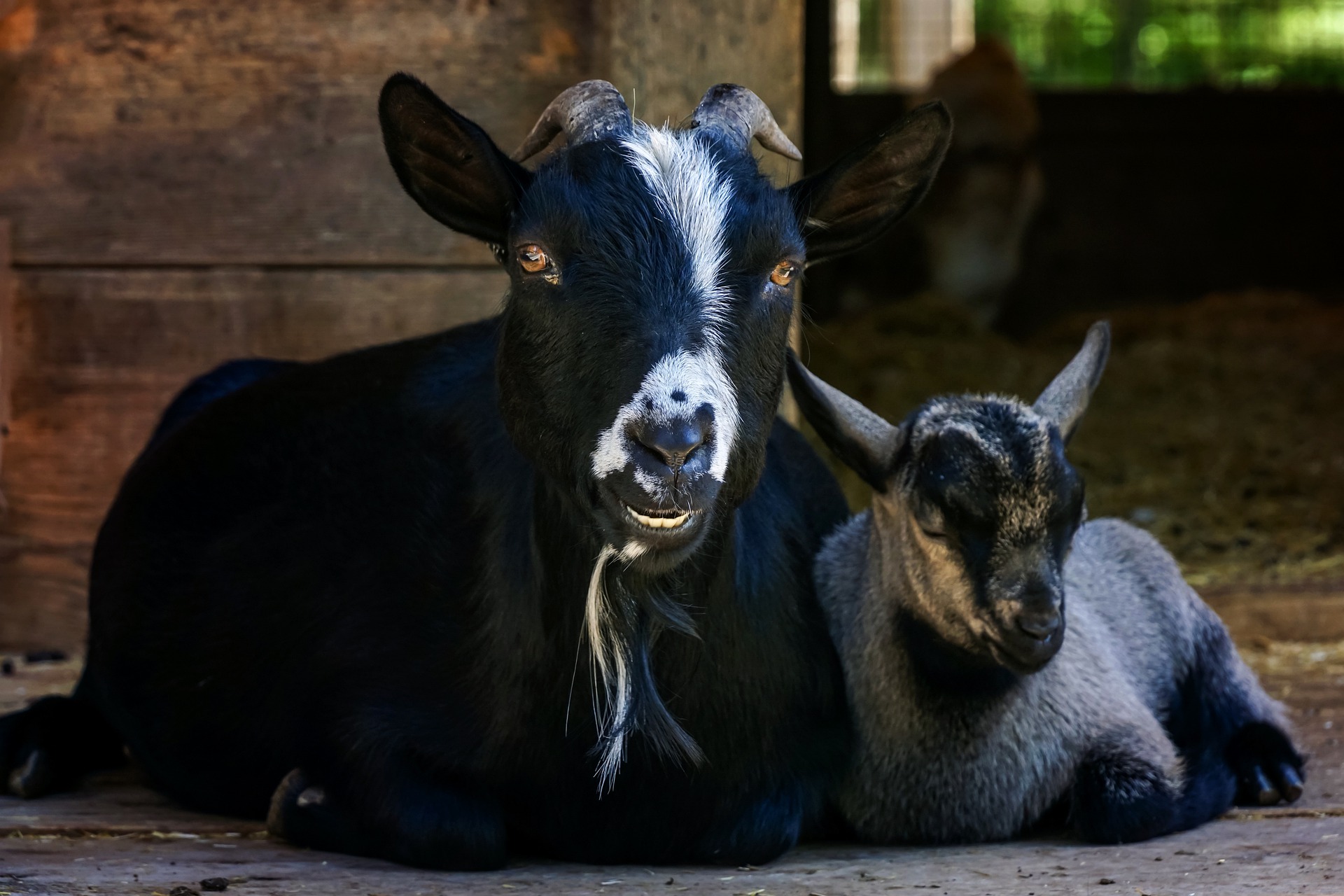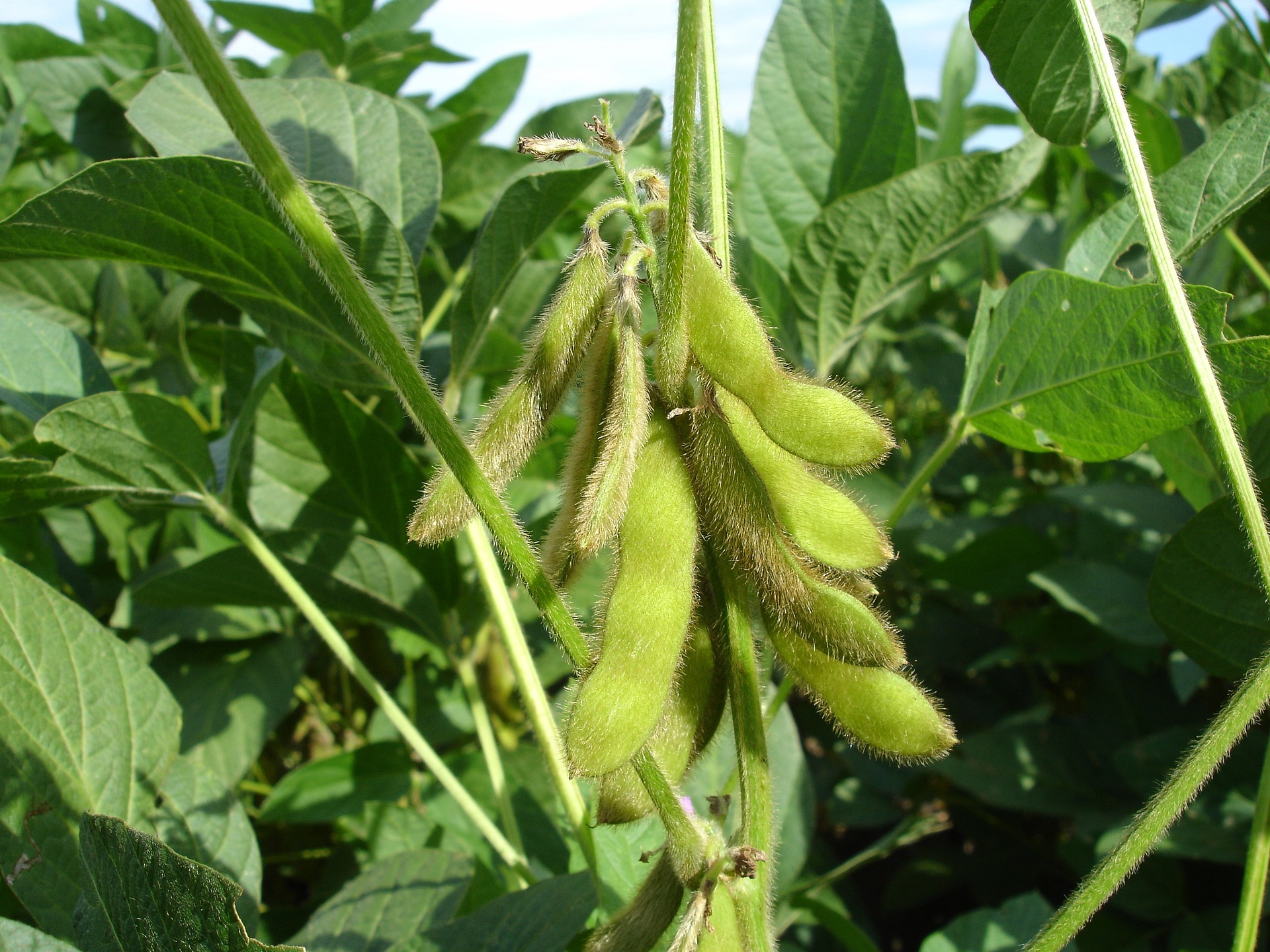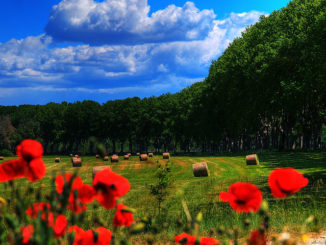
It took a freedom of information request to reveal the contents of the European Commission’s October 2018 study of the impact of the CAP on climate change and greenhouse gas emissions. The report finally came out on the Monday after the European Parliament elections, sparking accusations that it had been deliberately buried in the post-election coverage. So what does the report tell us about the Commission, CAP and climate?
“You couldn’t make it up,” Imke Lübbeke, the climate and energy chief at WWF’s European policy office, told The Guardian in the wake of the release. “The EU commission has been talking about ‘climate urgency’ while sitting on a report which shows how little farming policy is doing for the climate – and how much more it could and should do.” Marco Contiero, Greenpeace’s EU agriculture policy director, also came down heavy on the study, saying: “The study shows once and for all that Europe is failing to tackle agriculture’s contribution to climate breakdown.”
Fair share?
In a sector that accounts for 10% of the EU’s GHG emissions, farmland offers exciting carbon sink potential. The Commission report claims the agriculture sector is meeting “more than its share” of Kyoto obligations, but a closer look at the data reveals agricultural emissions are now rising. And have been since 2013, the year the EU institutions voted to triple their investment into climate mitigation and adaptation, pledging a massive 20% of the €960 billion EU budget for 2014-2020.
The bad news for climate action, as the report explains, is it’s not a target of CAP 2014-2020, merely a cross-cutting objective. “CAP does not set any quantified objectives for the reduction of GHG emissions or the increase of sinks,” the study admits. The climate buck is instead passed to Member States, who are expected to incorporate climate mitigation and adaptation into their RDPs.
Meanwhile emissions-increasing measures – such as Areas of Natural Constraint, which can sustain grazing practices where the best for mitigation would be to leave the area reforest – are eating into the 30% of the EAFRD contribution to each RDP that is earmarked for mitigation, adaptation and environmental issues. The report also admits Pillar I and the horizontal regulations are a step in the wrong direction: “Unintended effects prevail, since none of these CAP measures have explicit climate objectives.”
Could some of the more climate ambitious Member States be better off without CAP? The report concedes that with the agility to target support towards mitigation or adaptation benefits, Member States “acting alone” could well be more effective and efficient on climate, for example by making high standards of soil management a condition for payouts.
Climate culprits
The study does its best to defend direct payments. Keeping family-owned farms in business is good for mitigation because family farms are more likely to adopt sustainable practices and transformational changes, it argues. Good for adaptation too, since family labour is more flexible and therefore more resilient to shocks. But it admits: “Payments compensate farmers for the cost of complying with restrictions which are already in place. They do not buy new mitigation actions.” Quite the opposite in fact: “direct payments are responsible for increases in GHG emissions, nutrient surpluses and pesticide inputs by 2.3 to 2.5 percent.” Ultimately the study concedes that direct payments can lead to cases of maladaptation. Another climate fail is the Small Farmers’ Scheme, under which all small farmers are exempted from the greening measure and protected from sanctions for breaches of cross-compliance – opening the door to increases in emissions.

Topping the list of climate culprits is Voluntary Coupled Support (VCS). The lion’s share of VCS payments support ruminant livestock, which are associated with higher CH4 and CO2 emissions. The JRC estimates that scrapping coupled support would reduce production in the beef sector by 2.5%. But the report is resistant to downsizing ruminant herds, citing the risk of carbon leakage. And let’s not forget the risk of changes in land use, cautions the study – before admitting that changes from livestock to arable systems would be constrained by other CAP measures, especially the permanent grassland ratio, as case studies show. Member States are blamed for not taking “the most obvious step” (targeting VCS on extensive livestock rearing) and should be required to demonstrate, before support is granted, that VCS for ruminant livestock is not generating an increase in net GHG emissions.
The report waits until its conclusion to address the elephant in the room: “Stopping climate change requires shifting to more sustainable diets with a smaller share of animal protein.” Acknowledging the public health benefits of a reduction in meat protein intake, it recommends “the new CAP should include tools to transition away from the high levels of livestock production and consumption in the EU”. But it calls for “careful consideration” on whether it is “feasible and desirable” to use agricultural production to push for more sustainable diets.
Missed opportunities
Protein crops point to a missed opportunity. VCS for protein crops helps cut down on animal feed imports, in conjunction with EFA, crop diversification and other measures. Feed crop production accounts for a high proportion of the life-cycle GHG emissions of animal products. Livestock systems based on locally produced feed may yield a 4.5% to 12% reduction in GHG emissions. Yet protein crops account for only 10% of Member States’ VCS budgets and a mere 1.7 million hectares throughout the EU. Despite a slight increase in domestic production in recent years, more research and value chain development are needed for protein crops, recommends the report.

More missed opportunities are buried in organic soils. The study laments the loss of the abandoned Soils Framework. “The CAP as a whole fails to prevent inappropriate land management with respect to climate action,” it notes. Further to a European Court of Justice ruling in 2013, permanent grassland retains its Permanent Grassland status even after it has been ploughed and re-seeded (resulting in a net negative carbon stock change, compared to a net positive for permanent grassland that is not ploughed).
The report gives an upbeat assessment of this loosening of protections for soils: the permanent grassland ratio is preventing up to 95% of the 36.1 million hectares of permanent grassland from being ploughed without reseeding as grassland (the ratio allows up to 5% of the total to be converted to arable use). But it cannot ignore the fact that clear pressures on permanent grassland were already evident in 2015-2016 in 12 Member States. In the Netherlands and Lithuania, direct payments are granted for farming peatlands or wetlands with no strings attached. In Andalusia, wooded grasslands (dehesa) are at risk of abandonment because, due to changing definitions, they are no longer eligible for Pillar I support. These grazed grasslands play a role in limiting the spread of forest fires, and abandonment may lead to maladaptation.
Climate safeguards
The report places the onus on Member States to screen for maladaptation and identify “synergies” between CAP measures at the implementation stage. Under the new CAP, Member States should be required to demonstrate how their decisions will contribute to both mitigation and adaptation. “The ‘enhanced conditionality’ provisions in the draft CAP legislation currently under discussion need to require Member States to set a suitable regulatory baseline, including for GHG emissions, for all sectors covered by the CAP,” states the study’s conclusion. Acknowledging that there is no strong external driver encouraging Member States to make the most of CAP’s climate potential, it urges Member States to be more ambitious on climate action, pointing to the vulnerability created by the excessive specialisation of EU farming systems in a climate of competition. But it is not Member States at fault here: “the CAP as whole is still enabling specialisation to continue, which threatens resilience.”
At EU level, the report recommends supporting Member States in this more systematic review of their implementation choices. The EU institutions should add climate safeguards where EU legislation currently allows incoherent choices to be made. Overall it advocates a more systematic approach that taps into soft measures, with improved knowledge of adaptation issues and strategies, advice to farmers, and CPD for advisors. The study calls for an urgent review of the data needed by Member States to understand, manage and evaluate the contribution of agriculture and forestry to climate action, particularly mitigation.
When it comes to CAP and climate, the EU institutions have been sitting on their hands for far too long. Or as WWF’s Imke Lübbeke described this damning report: “At best it is a case of one hand not knowing what the other is doing. At worst, it is deliberately harming climate action.”
How to Reduce Greenhouse Gas Emissions from EU Agriculture by 81%
Counting Apples or Oranges? | Climate Change Stats vs Food Systems Thinking
If Not Meat Then What? Climate Change, Regenerative Ag and Viable Rural Areas





